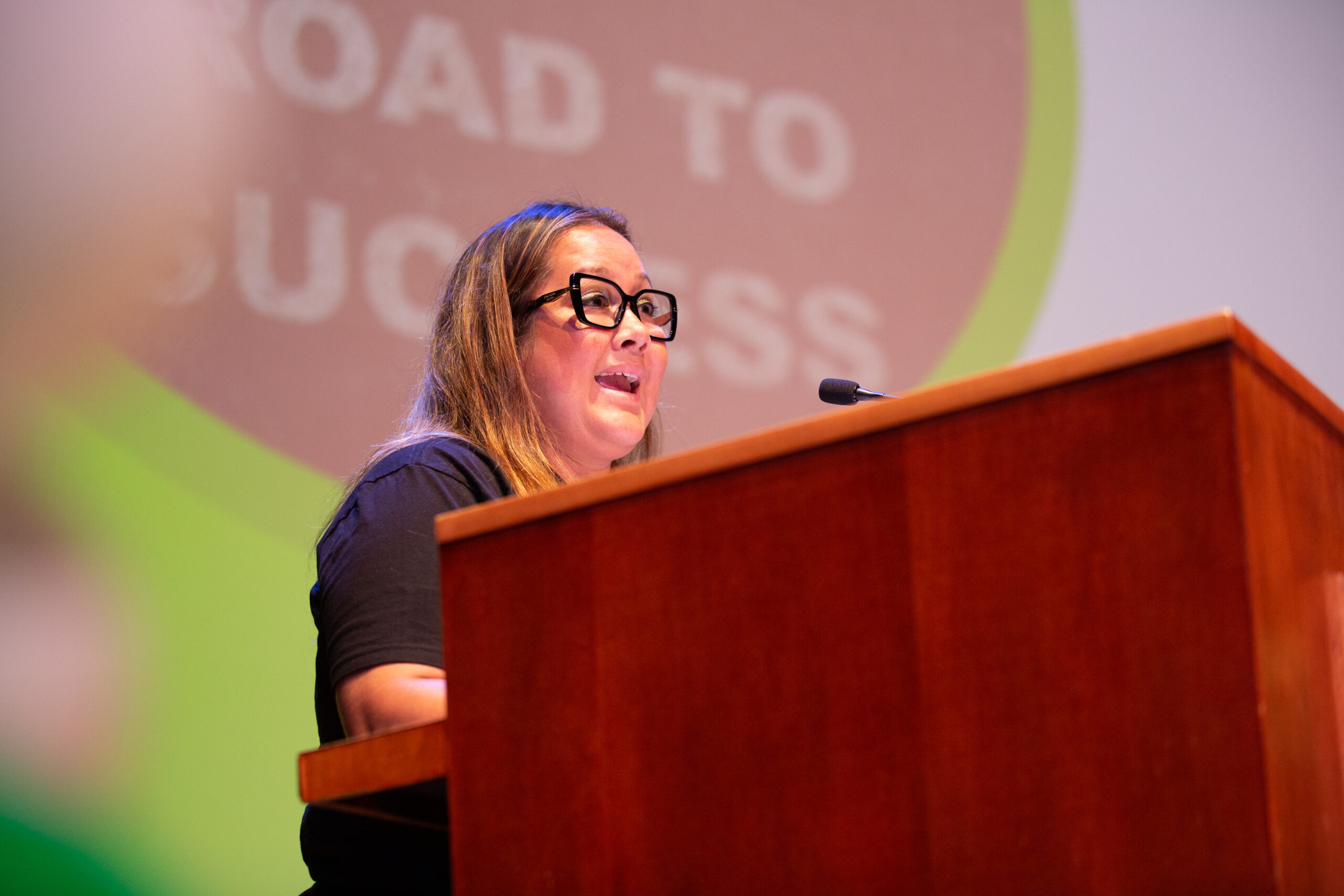Op-ED: Public education in California is not equal and here’s how charter public schools are working to fix it.
All students deserve a high-quality public education and a fair chance at a successful future. Throughout California there is no question that the quality of education varies greatly between school districts and even between schools within the same district. Parents are frustrated trying to navigate this unequal public education system – and coming out a “winner” is far from guaranteed. This was my experience first as a student, then an educator, and finally as a principal within the traditional public school system. But now as President & CEO of Green Dot Public Schools California, I along with hundreds of charter school leaders are challenging the status-quo to directly address this inequity in education, to improve student performance, and provide challenging curriculum that fits the needs of today’s students so they can succeed in the jobs of tomorrow.
We know that not all kids learn the same way, that’s why 30 years ago, California families got together and created charter public schools to offer a different approach to public education—one that is as unique as the kids of California, and one that gives teachers the ability to create new and innovative lesson plans to help students succeed academically. As a result, over the past decade, we have seen a large increase in Asian American & Pacific Islander (AAPI) families choosing a charter public school for their child’s education.
According to an enrollment analysis by the California Charter Schools Association (CCSA) of California Department of Education (CDE) data, AAPI enrollment in charter public schools grew by 78 percent from 2012-2023, outpacing enrollment growth for all students (66 percent).
At Green Dot California, with more than 10,000 students across 18 schools in Los Angeles, we tackle these challenges head-on to promote and get better student outcomes[ED1] . 9 Green Dot California schools earned high national and metro-area rankings in 2023-2024 Best High Schools, in which U.S. News & World Report recently released. Two of those schools were recognized in the top 2% of schools in the country. You can view the list here.
This type of performance from charter public schools has not gone unnoticed. Stanford University’s Center for Research on Education Outcomes (CREDO) recently released a study that indicates charter school students are outperforming traditional public schools in reading and math. When compared to traditional public school peers, charter school students are gaining the equivalent of 11 days of reading and four days of math compared to similar students in traditional public schools.[i] The study also notes that low-income and minority students also see the achievement gap shrink compared to their public school counterparts.
When taking a closer look at Asian American Pacific Islander (AAPI) students in California, we find that low-income Asian, Filipino, and Pacific Islander charter school students outperformed their counterparts in traditional public schools in English Language Arts and Math.[ii] Nationwide, AAPI, Hispanic, and Black charter school students also outperformed traditional public school students in reading. These performance indicators are crucial in California as AAPIs are the fastest growing minority in the state and AAPI parents are demanding more public educational choices for their children.
While this data on charter schools is important, there are still additional efforts needed to increase public school performance, which begins with our educators. Charter public schools support and empower our educators, provide comprehensive support services, and foster a culture of inclusion.
Educators are on the front lines every day witnessing the challenges students face. A recent national survey of more than 1,200 public school teachers, commissioned by the National Alliance for Public Charter Schools, provides important insight into teacher shortage, their major concerns, and possible solutions. Charter public schools allow educators more autonomy and flexibility to deliver high academic results. This sentiment is echoed many times from speaking to teachers about why they prefer charter schools: educators just have more say in the classroom.
We work every day to improve public education in California, but there is more to be done. The first step is recognizing the problem and then being open to pivot to new policies to replace outdated practices. Together, we can create a public education system that offers equal opportunities and prepares all students for a brighter future. There is still work to be done, but charter public schools are lighting the way and proving what happens when we empower educators, students, and families.































